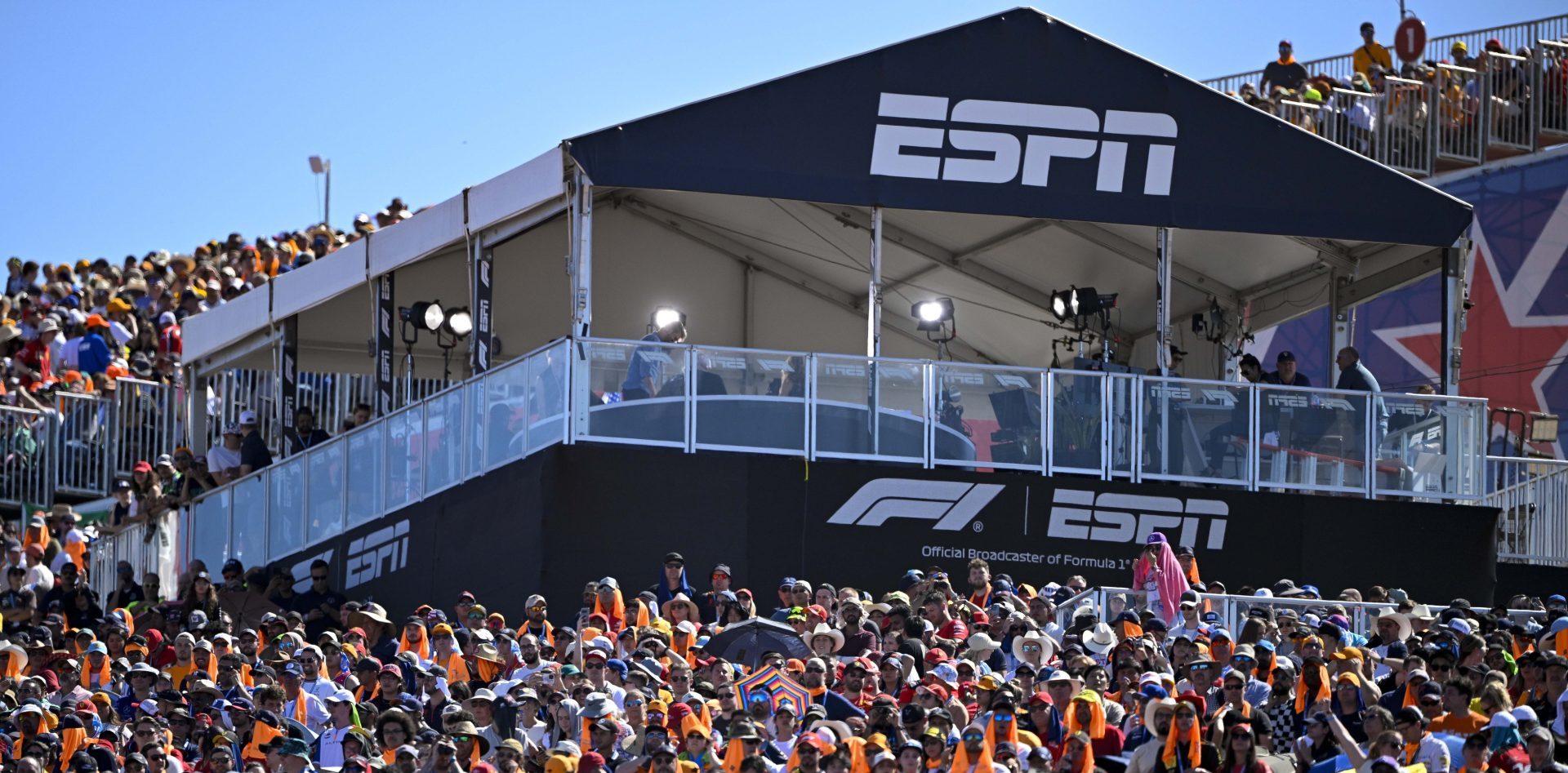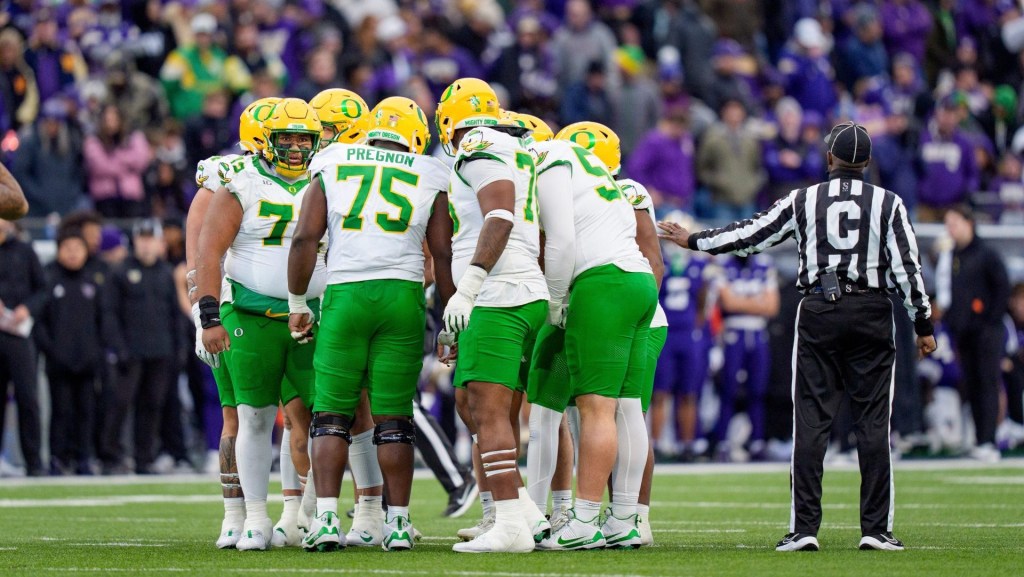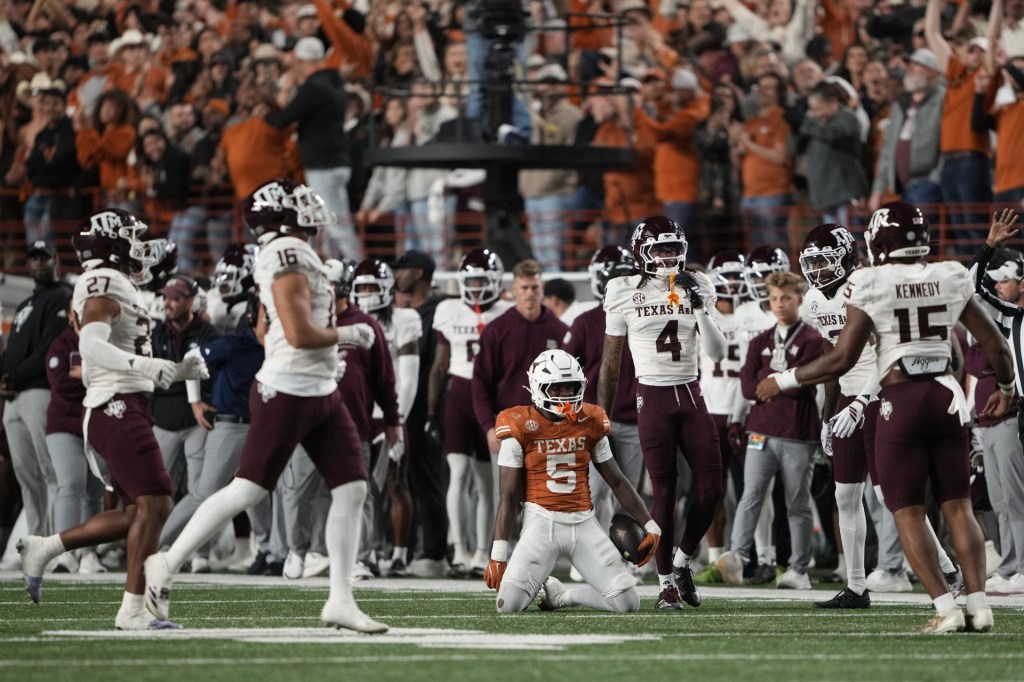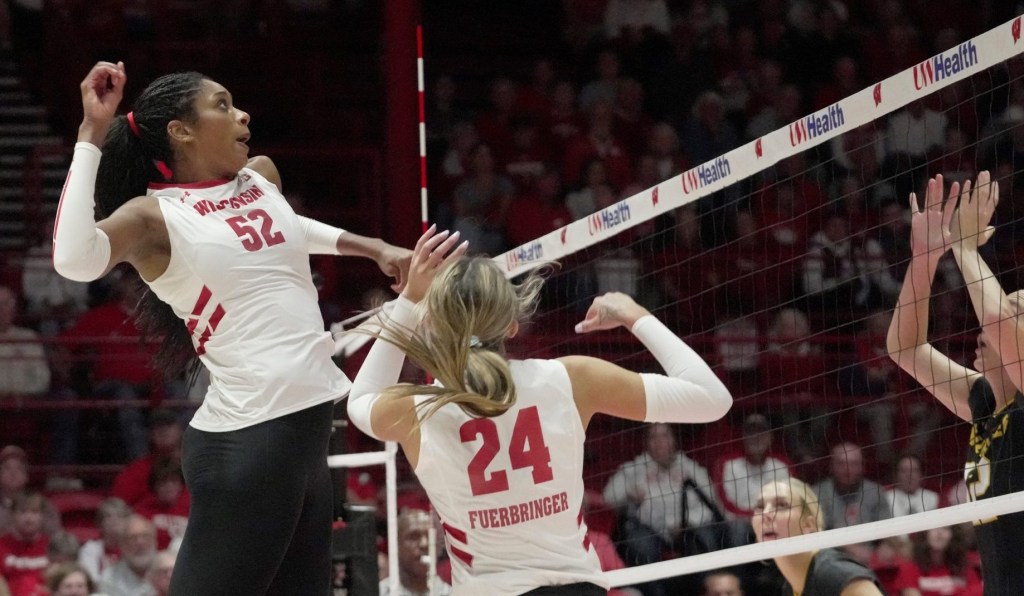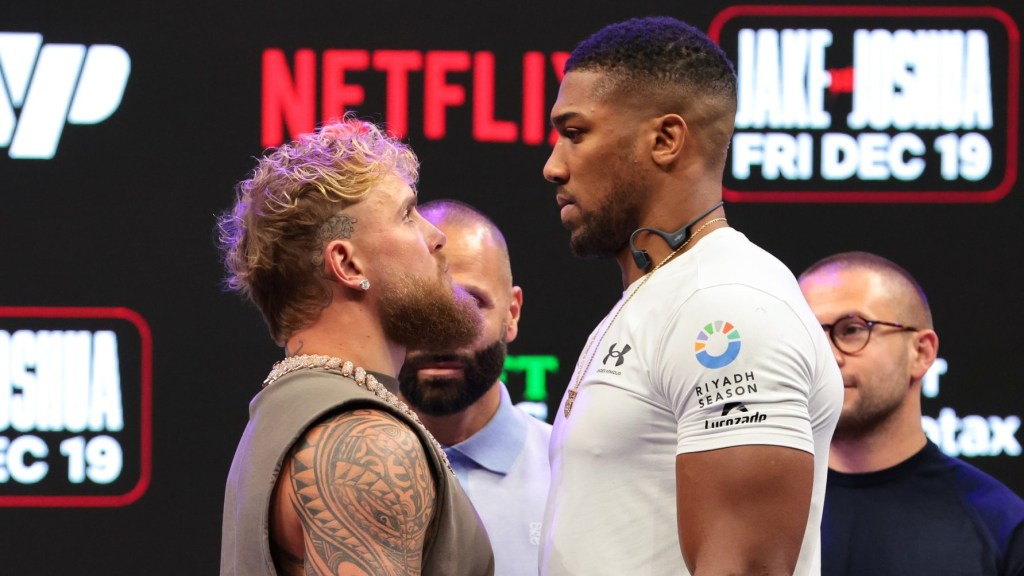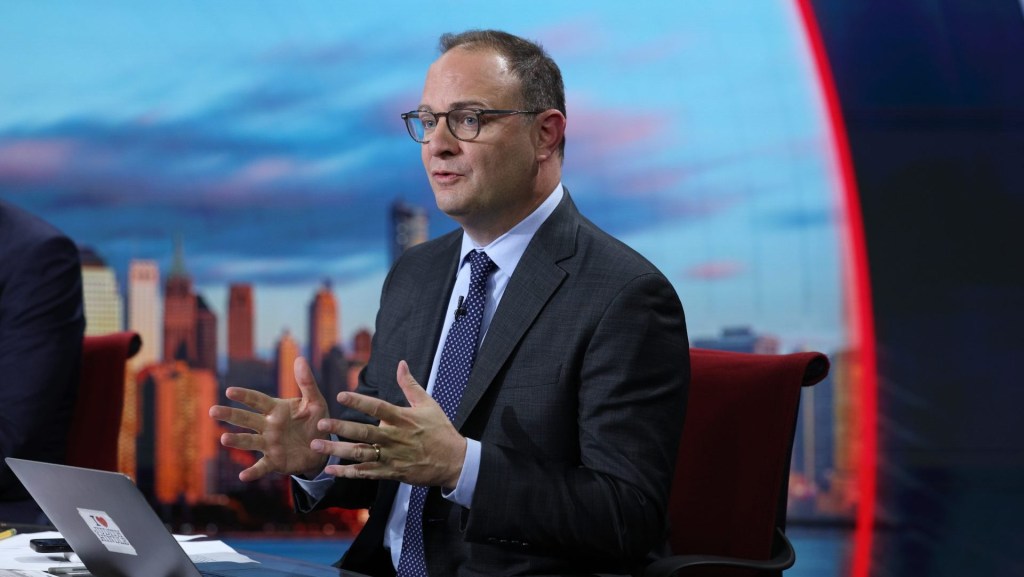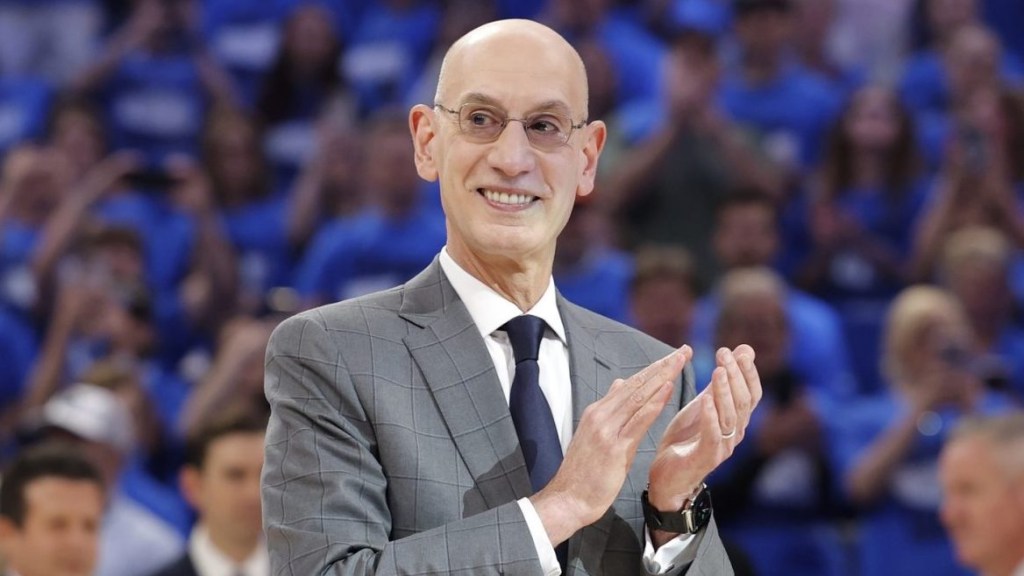Formula One’s dramatic growth has yet to fully reach a critical part of its operations: U.S. media rights.
The motorsports property is in the final year of its three-year extension with ESPN paying an estimated $75 million to $90 million annually, and has yet to reach a new pact with any U.S. entity to cover 2026 and beyond. A period of exclusivity for ESPN expired late last year, and though talks are ongoing, the situation remains decidedly unresolved.
The core issue at play, like many rights negotiations, is a difference of opinion on the value of F1’s content. F1, according to multiple reports, is looking to roughly double the rights fee, and that is conflicting with viewership that was flat in 2024 at an average of 1.1 million per race, and was down slightly compared to a peak of more than 1.2 million seen in 2022.
F1 has been on a multi-year run of growth across multiple indicators, and the 2024 U.S. viewership was still twice the comparable audience in 2018. The question is whether that latest mark is closer to a relative ceiling for F1, or the base of something bigger. Early 2025 results so far suggest perhaps the latter, with ESPN showing increases for each of the first five races of the season.
“There are still a lot of discussions to try to find the best solution,” F1 president and CEO Stefano Domenicali said in February at the last earnings call for its owner, Liberty Media. Liberty will next make a quarterly report on May 7, three days after the Miami Grand Prix.
Also complicating the situation is a highly disparate mix of start times among various races, with some events beginning as early as 9 a.m. ET or as late as 1 a.m. ET, and at many points in between. Operating with a global audience, F1 has a particularly challenging dynamic of trying to manage the demands of local race hosts, U.S. viewership primarily spread across four time zones, and a European audience that remains core to its overall business.
F1’s contemplation of future rights partners has included a broad mix of linear networks and streamers, with nearly every major operator in sports media inquiring to some degree.
ESPN, which has aired F1 since 2018, also has pushed back in other situations where it sees fairly static viewership, such as with Major League Baseball.
